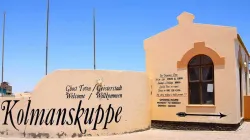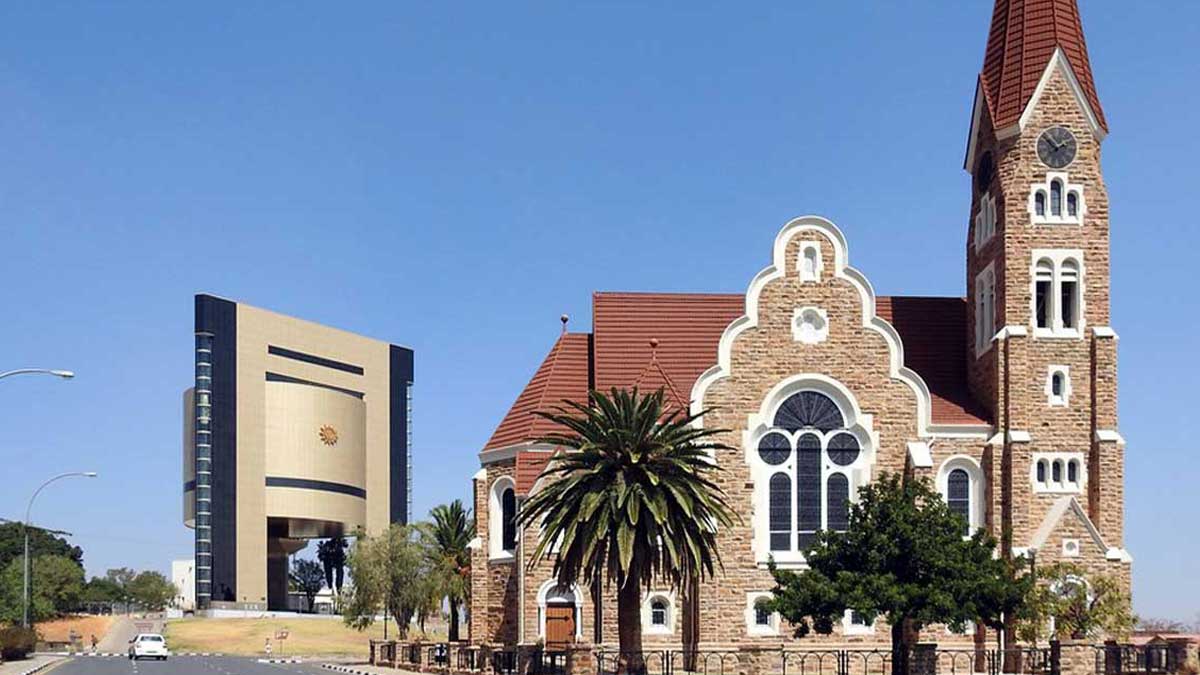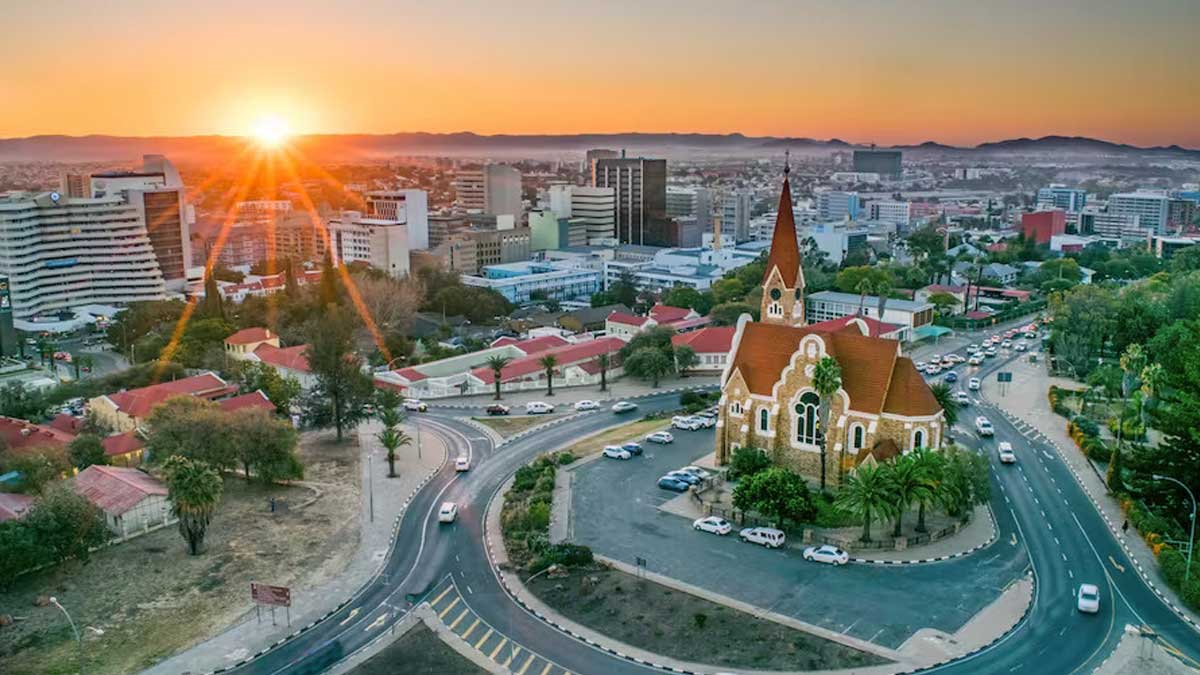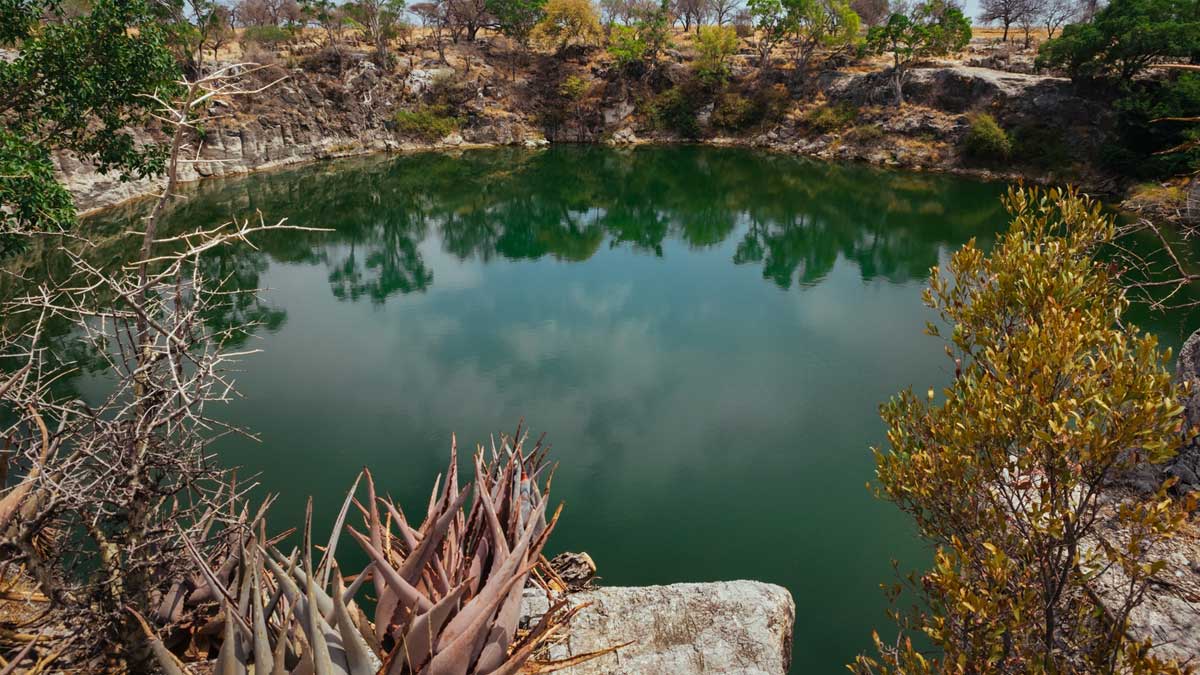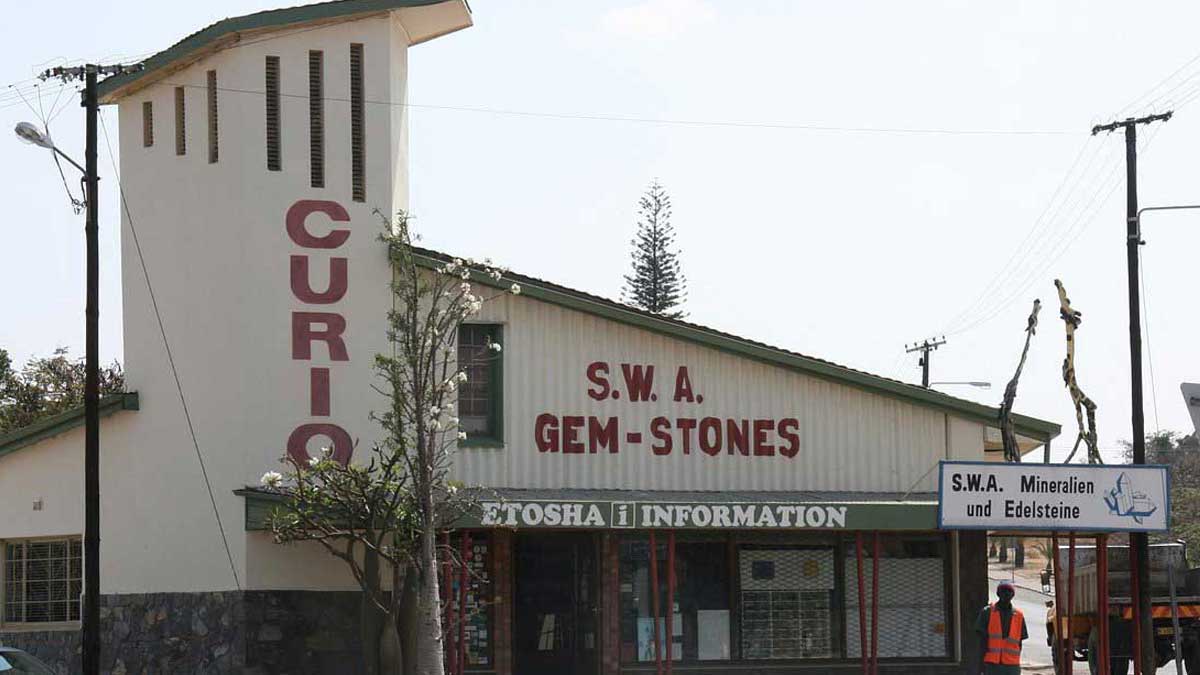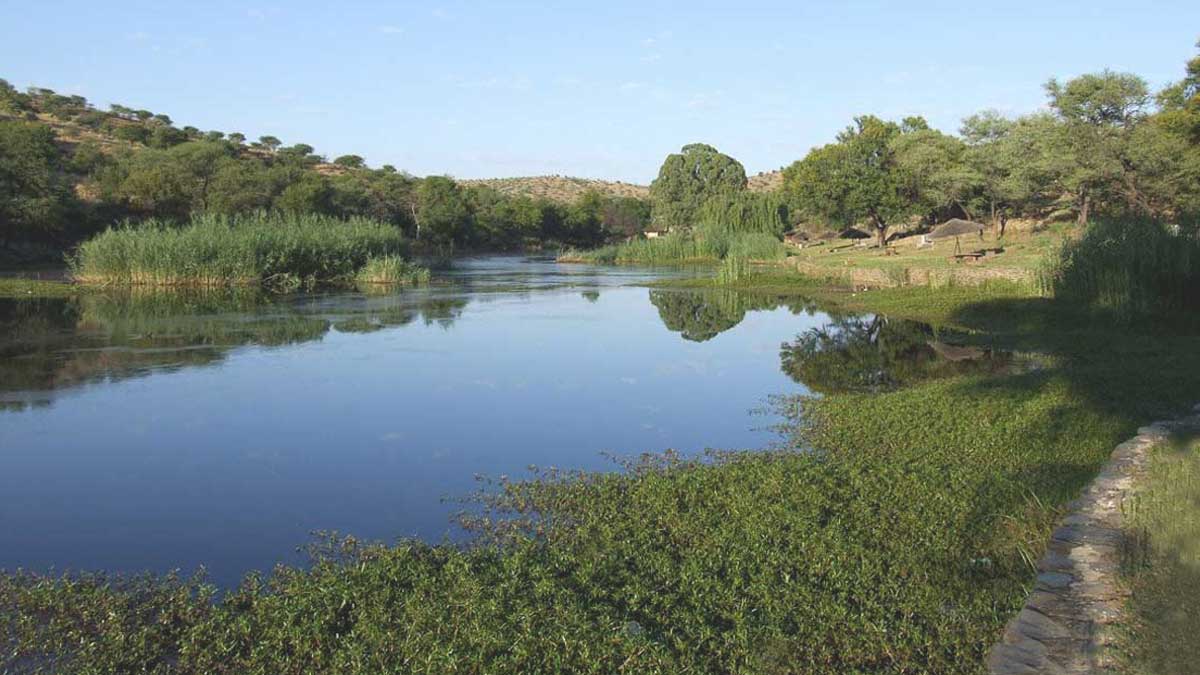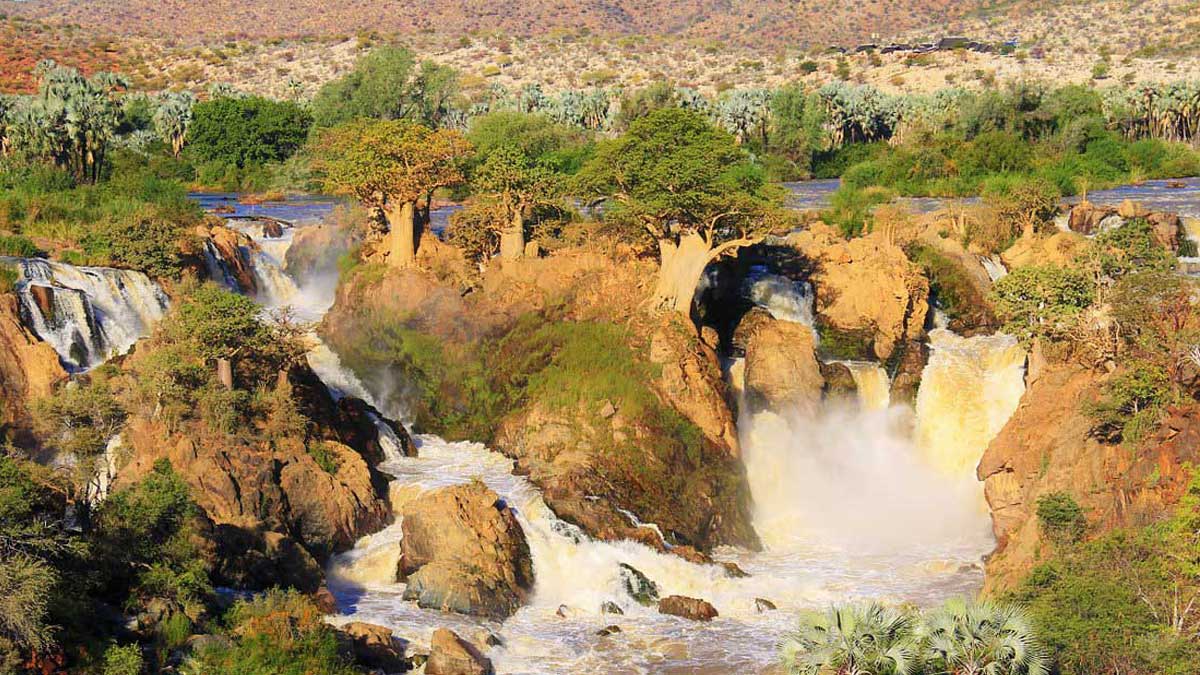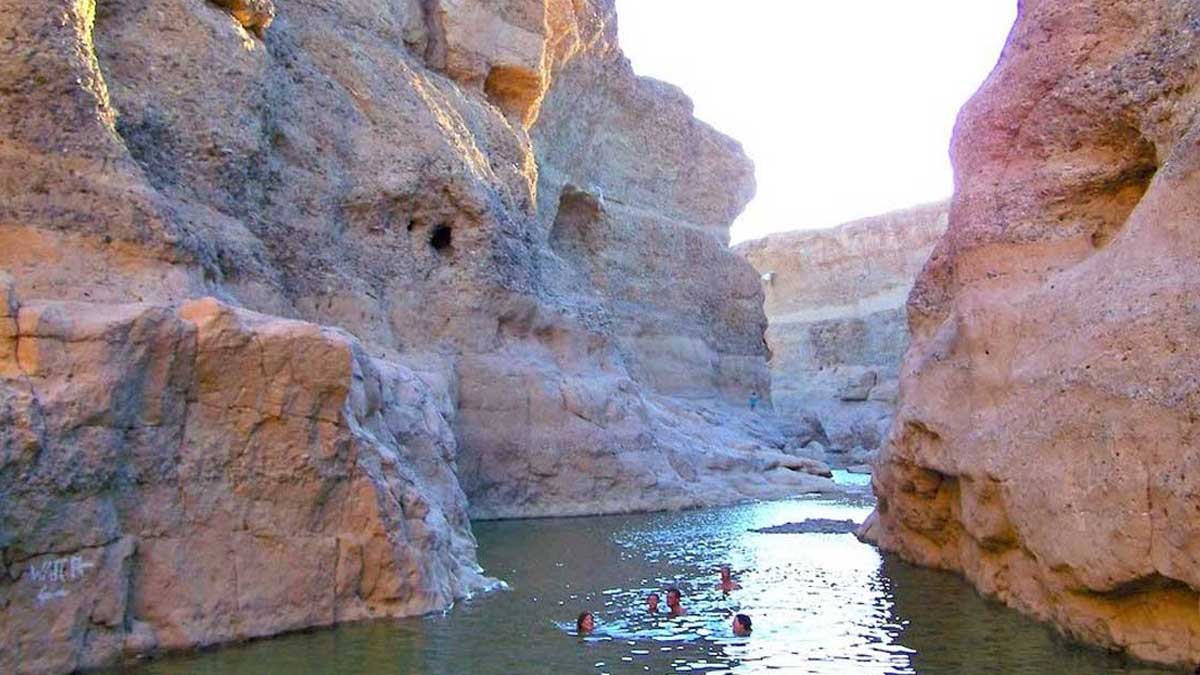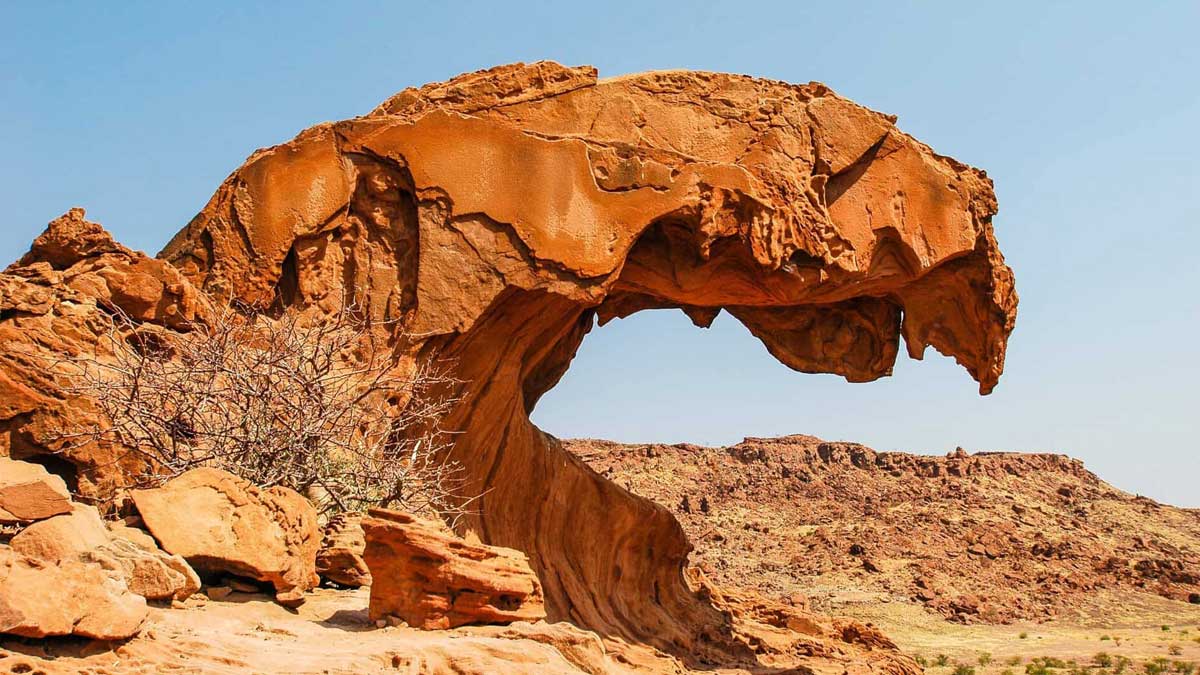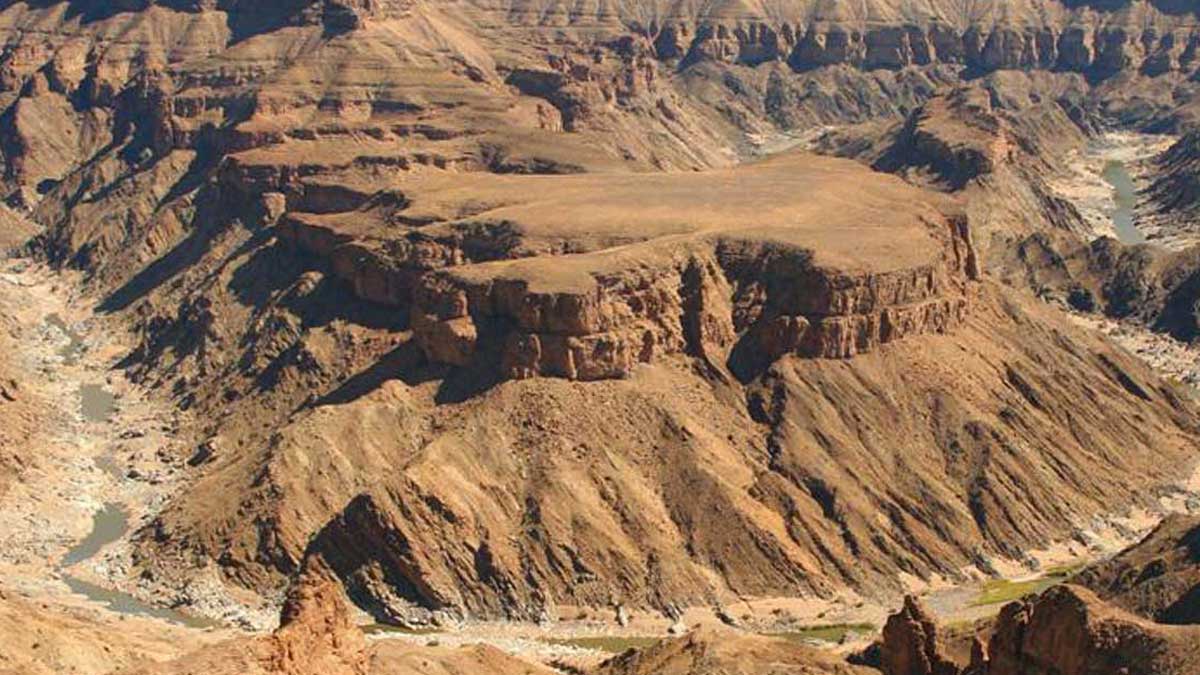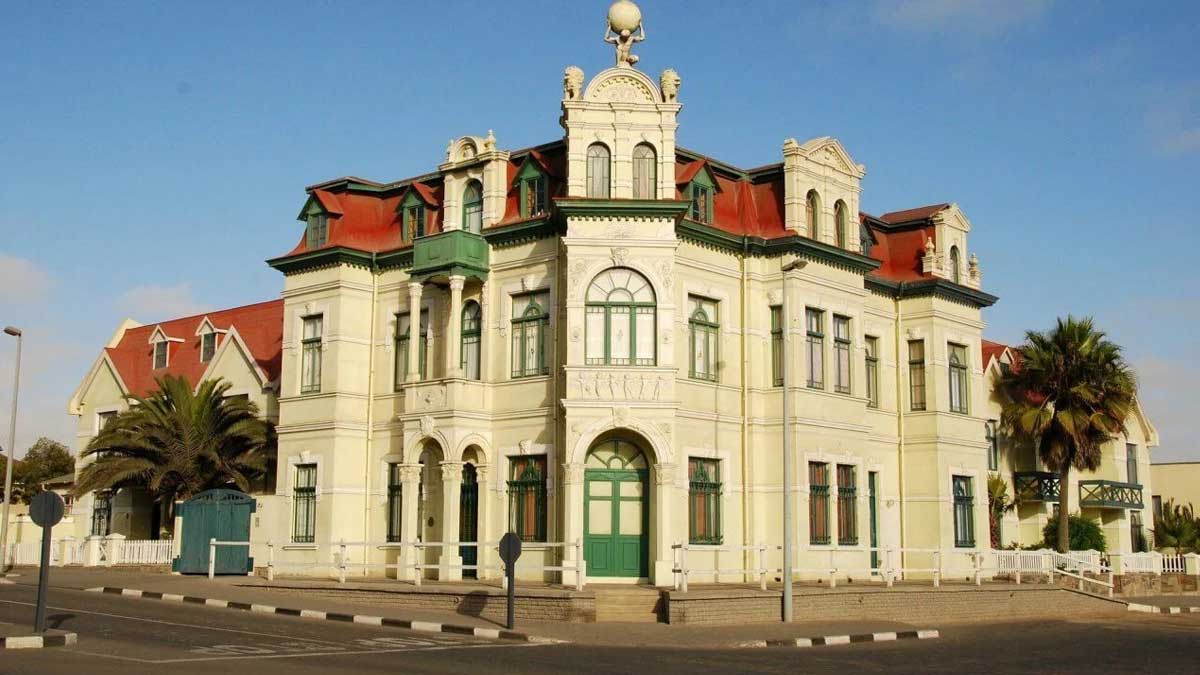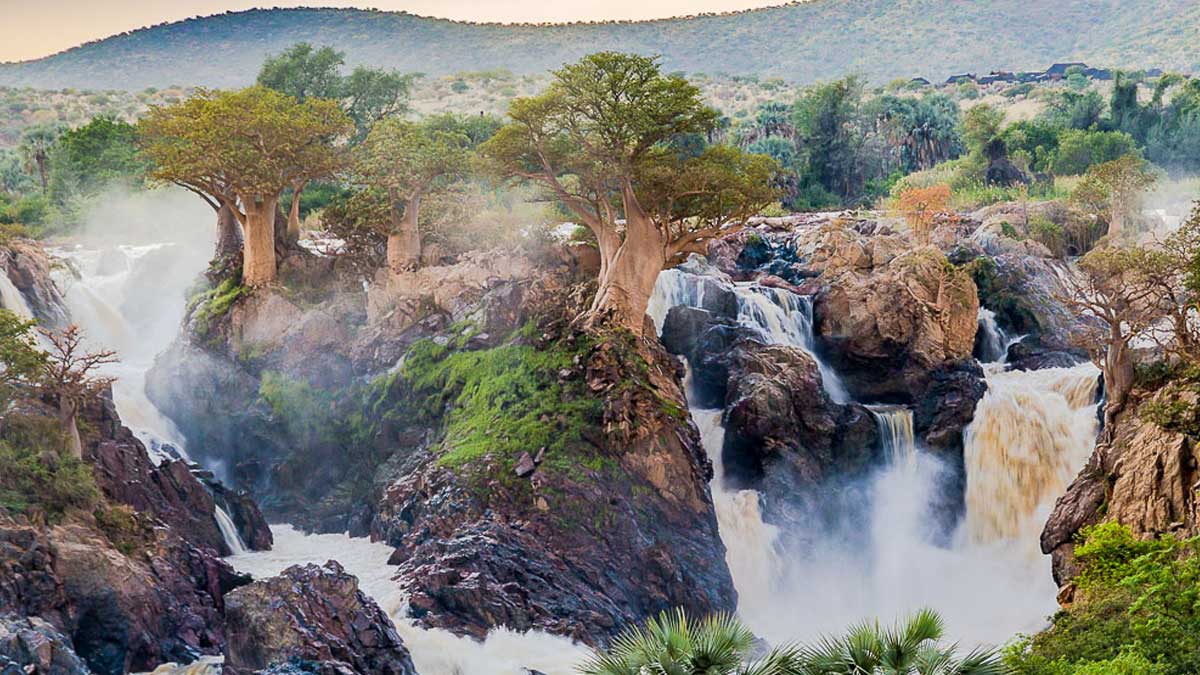
National Heritage Council of Namibia
Not VerifiedProfile ID: NAT1023
Verification Status
Existence
location
phone
social media
NTB
Fast Facts
- Destination country
-
Namibia
- Headquaters
- Windhoek, Namibia
- Region
- Khomas Region
- Organization type
- Government Organization
- Organization size
- 50+ employees
- Founded in
- 2004
- Contact
-
show
NO DATA
- Profile number
- NAT1023
- NTB registration #
- no data
- Service level
- Member of
- no data
- We speak
- English
- Reviews
- 0
- Updated
- Dec 13, 2024
Hours
Status
Offers by National Heritage Council of Namibia (5)
What Makes National Heritage Council of Namibia Stand Out?
- Preservation of National Monuments
- Promotion of Cultural Diversity
- Sustainable Tourism Initiatives
- Research and Documentation
- Heritage Education and Awareness
- Partnerships and Community Involvement
- Intangible Cultural Heritage
Frequently Ask Questions (11)
1. What is the National Heritage Council of Namibia (NHC)?
The NHC is a statutory body responsible for the identification, protection, and promotion of Namibia’s cultural and natural heritage, including monuments, sites, and intangible cultural traditions.
2. What are the main heritage sites managed by the NHC?
3. What qualifies as a heritage site in Namibia?
A heritage site can be a location, structure, or object of historical, cultural, archaeological, or natural significance. Examples include ancient rock art, colonial buildings, and sacred natural landscapes.
4. Can I visit National Heritage Sites?
Yes, most heritage sites are open to the public, with some requiring an entrance fee. Guided tours are available at certain locations, offering deeper insights into the site’s history and significance.
5. Are there any rules for visiting heritage sites?
To preserve these treasures, visitors are encouraged to:
- Avoid touching or defacing historical structures or rock engravings.
- Stay on designated paths or trails.
- Follow site-specific rules and guidelines.
6. How can I learn about the cultural significance of these sites?
Informational boards are available at most locations, and some sites offer guided tours by local experts. The NHC also produces brochures and multimedia resources for visitors.
7. Are there activities for families and children?
Yes, many heritage sites are family-friendly and provide educational experiences for children, including storytelling, guided walks, and cultural demonstrations.
8. How can I book a tour to a heritage site?
You can book tours directly through the site’s management or via authorized tour operators. Some bookings can be made online, depending on the site.
9. Can I take photographs at heritage sites?
Photography is generally allowed for personal use. However, at some sacred or restricted sites, you may need prior permission or might be prohibited from taking photos.
10. Are there accessible facilities at heritage sites?
While many sites are accessible, some remote or rugged locations may have limited facilities. Check with the NHC or site managers beforehand if you have specific needs.
11. How can I support the National Heritage Council’s work?
Tourists can support by:
- Visiting heritage sites and paying entry fees.
- Respecting and adhering to conservation guidelines.
- Donating to the NHC or participating in volunteer programs.





